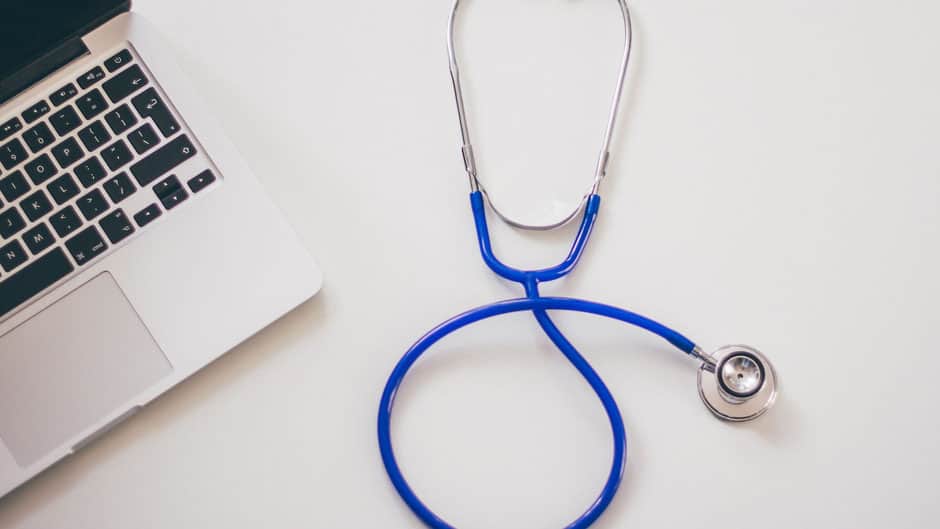A commentary by Daniel Ominde Okoth (YGC, 2019)
Contributions: Backtosch Mustafa and Yassine Harzallah (YGCs, 2019)
Before you can prevent something, you need to predict it. Meaning, you always need a good forecast of a future situation in order to know if and which preventive mesaures are needed. This is also true for health care. In West Africa predictive models have effectively been used for disease outbreaks such as the Ebola outbreak in 2014. Computer programs had analyzed data from non-official online channels (such as social media). This way they were able to predict how and where the virus was going to spread, even prior to the WHO.
Now Backtosch Mustafa, a Young Global Changer, medical student and researcher at Harvard Medical School, suggests a change in our current understanding of the role of prevention in primary healthcare. “We have to understand that prevention is not the first step, it is the prediction. Many definitions and descriptions of the role of prevention in primary healthcare lack this aspect” he said. He is currently working on promoting a new approach to primary healthcare that he calls the “3P Model” (Predict – Prepare – Prevent). We start with the prediction of certain incidents, so we can prepare more precisely and then perform even more effective and targeted preventive work.
The need for good projections
“Effective prevention requires good predictions. Primary healthcare currently focuses on prevention because the technology for prediction was not as advanced as it is today,” he said. Technologies such as “Digital Disease Detection” or “Digital Phenotyping” offer new opportunities to use largely unexploited data to significantly improve health care in many countries around the world and make more effective use of limited resources.
He added that these technologies are not perfect and need further research: “One must always look at the results critically but should not neglect them.”

A World Health Organization (WHO) report titled, ‘Public Spending on Health: A Closer Look at Global Trends’ indicates that “public spending on health increased as country income grew, but low-income countries are lagging behind.” As researchers and policymakers from around the world congregated in Berlin, Germany, for the Global Solutions Summit, achievement of Universal Health Coverage (UHC) remained a central topic of global concern. While public spending on health is crucial for the achievement of UHC, there is no clear trend of increased government priority for health.
The Role of Technology
Here, technology could help. The application of technology in health is not limited to primary healthcare, it can also be used in disease screening. Yassine Harzallah, also a Young Global Changer, a computer scientist and consultant at the technology department of Deloitte, is part of a group that is working on cancer early detection using artificial intelligence.
“We are creating a Smartphone application that can use photos to detect cancer at early stages. We are training our algorithm with thousands of data of people with and without cancer,” he explains. Early detection of cancer improves the chances of recovery, and significantly reduces the cost of treatments. So far, costs and funding in health care systems are crucial. According to the WHO, external funding “represents less than 1% of global health expenditure and is a small and declining proportion of health spending in middle-income countries, but it is increasing in low income countries.” The sustainability of this trend, however, cannot be guaranteed: The growing trends of nationalistic movements in the west might not always guarantee availability of adequate donor funding.
Speaking during a panel on the transformational ambition of UHC, Uganda’s minister of state for health, Joyce Kaducu Moriku, acknowledged the challenges of funding healthcare in low and middle-income countries. At the same time, Moriku underscored the importance of investing in primary healthcare which includes preventive and predictive interventions: “We believe that primary healthcare is the cornerstone to achieving universal healthcare. Our healthcare structures focus on the provision of services at the village level which improves the referral system,” she said.
The minister explained that this structure relies also on the deployment of various forms of technology which have greatly reduced their costs of operating facilities, improved efficiency in collecting data and generally improved provision of services to Ugandans. Technologies, such as the one Young Global Changer Mustafa is promoting.
The views and opinions expressed in this article are those of the authors and do not necessarily reflect the views of the Global Solutions Initiative.
